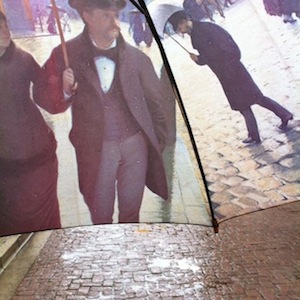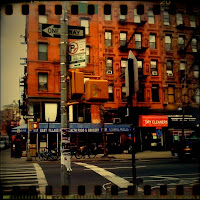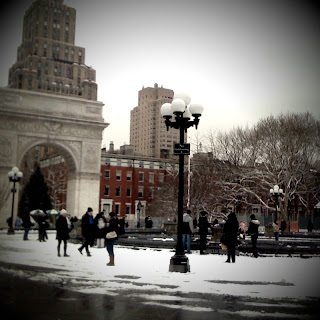Search This Blog
A strolling guide to New York City by writer and photographer Teri Tynes. Active during the years 2007-2021, Walking Off the Big Apple plans new walks away from the city in the summer of 2025.
Posts
Showing posts from January, 2010
Coming this summer 2025
A Hudson River Camino - a cultural and spirit-filled pilgrimage up river.
Good Subway Stops for Bad Weather Days: A List of Stations Near Major NYC Attractions
- Get link
- X
- Other Apps
At the Morgan: The Master of Catherine of Cleves
- Get link
- X
- Other Apps
Postcards from a Walk on St. Mark's Place and W. 8th Street
- Get link
- X
- Other Apps
From Penn Station to New York Landmarks: Measuring Walking Distance and Time in Manhattan
- Get link
- X
- Other Apps
When Walking Becomes Marching: A Post for Martin Luther King, Jr. Day
- Get link
- X
- Other Apps
Now Another Thing to Do in Times Square: Catch Criminals
- Get link
- X
- Other Apps
Point and Shoot Nostalgia: iPhone Photo Apps for the Contemporary Retro Traveler
- Get link
- X
- Other Apps
The Educated Artist: A Guide to Continuing Education Classes and Workshops in the Fine Arts in New York City (Updated)
- Get link
- X
- Other Apps
June 11, 2025 in Beacon, NY

On a day trip from NYC












